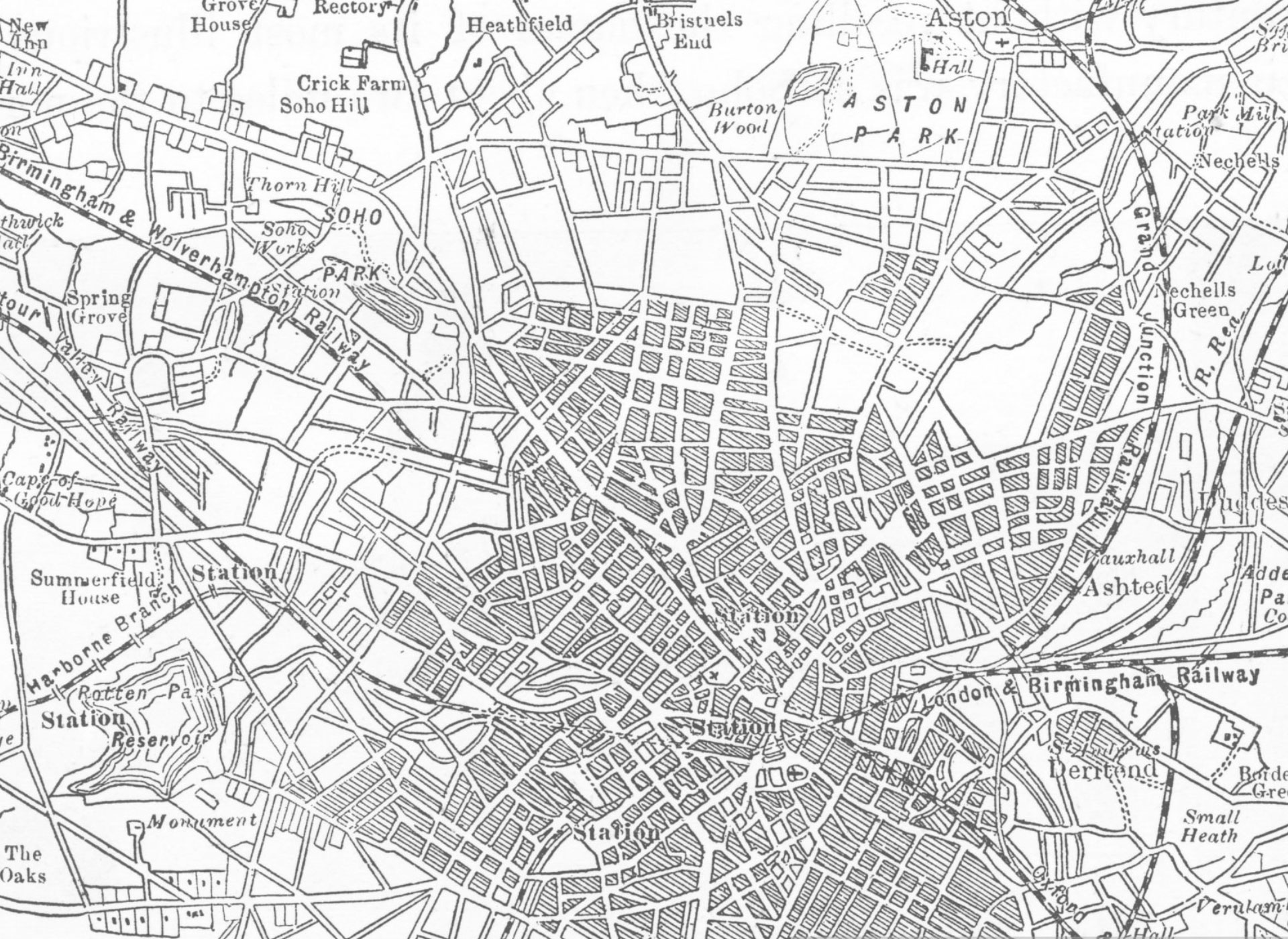The Fire Safety (England) Regulations 2022
The Fire Safety (England) Regulations 2022, (‘the Regulations’) which came into force on 23 January 2023, introduce new duties under the Regulatory Reform (Fire Safety) Order 2005 for building owners or managers (‘responsible persons’).
The Regulations have been introduced as an important step towards implementing the recommendations of the Grenfell Tower Enquiry and whilst they extend to England and Wales, they are to be applied in England only. The intent is to improve fire safety in high-rise residential buildings and other multi-occupied residential buildings by imposing new duties on responsible persons and providing essential safety information to the fire and rescue services.
The Regulations do not apply to domestic premises.
Helen Holder of KANGS sets out the new obligations imposed upon responsible persons.
Who is a Responsible Person? | KANGS Fire Safety Solicitors
The definition is not found in the Regulations but in The Regulatory Reform (Fire Safety) Order 2005 which states:
‘Meaning of ‘’responsible person’’
3. In this Order ‘responsible person means -
(a) in relation to a workplace, the employer, if the workplace is to any extent under his control;
(b) in relation to any premises not falling within paragraph (a)—
(i) the person who has control of the premises (as occupier or otherwise) in connection with the carrying on by him of a trade, business or other undertaking (for profit or not); or
(ii) the owner, where the person in control of the premises does not have control in connection with the carrying on by that person of a trade, business or other undertaking.’
The Regulations | KANGS Fire Regulations Solicitors
The Regulations, which are extremely comprehensive, make provision for the following.
Meaning of High-Rise Residential Building
3.—(1) In these Regulations “high-rise residential building” means a building containing two or more sets of domestic premises that—
(a) is at least 18 metres above ground level; or
(b) has at least seven storeys.’
‘Secure information box
4.—(1) The responsible person in relation to a high-rise residential building must install and maintain a secure information box in or on the building.
(2) The secure information box must be—
(a) positioned at a location in or on the building which is readily accessible to the fire and rescue authority;
(b) capable of containing the documents required to be placed in it by these Regulations;
(c) reasonably secure from unauthorised access and vandalism.’
The secure information box is required to contain essential detail such as:
- contact details of the responsible person,
- contact details of other persons permitted to access the building as the responsible person considers appropriate,
- documents required by the Regulations,
- anything required to assist fire and emergency services in times of emergency.
‘Design and materials of external walls
5.—(1) The responsible person in relation to a high-rise residential building must prepare a record of the design of the external walls of the building, including details of the materials from which they are constructed.
(2) The record prepared under paragraph (1) must include details of the level of risk identified in the risk assessment required under article 9 of the Regulatory Reform (Fire Safety) Order 2005 that the design and materials of the external walls give rise to and any mitigating steps that have been taken in respect of that risk.
(3) The responsible person must prepare a revised record under paragraph (1) if there are any significant changes to the external walls of the building.’
‘Floor plans and building plan
6.—(1) The responsible person in relation to a high-rise residential building must prepare a plan for each floor of the high-rise residential building.
(2) The floor plans must, together, identify the location of all lifts and identify if the lift is one for use by firefighters or an evacuation lift, and the key fire-fighting equipment in the whole building.’
Additionally, the responsible person must prepare a building plan identifying, inter alia:
- details of the use of the building,
- access for fire and rescue appliances,
- information on the number of storeys of the building,
- information regarding the presence of maisonettes or scissor section flats,
- inlets for dry-rising and wet-rising mains and the location of shut-off controls for any sprinklers,
- access points for the building,
- the location of the secure information box,
- the location of main stairways and any evacuation control alert system in the building;
‘Lifts and essential’ fire-fighting equipment
7.—(1) The responsible person in relation to a high-rise residential building must undertake monthly routine checks of lifts for use by firefighters, evacuation lifts and essential fire-fighting equipment within the building.
(2) Where the responsible person identifies any fault with a lift for use by firefighters, evacuation lift or piece of essential fire-fighting equipment, the responsible person must take steps to rectify the fault.
(3) Where a fault identified under paragraph (2) cannot be rectified within a 24-hour period beginning with the time the fault is identified, the responsible person must, as soon as reasonably practicable—
(a) report the fault to the local fire and rescue authority by electronic means; and
(b) report the rectification of the fault to the local fire and rescue authority by electronic means when it has been rectified.
(4) The responsible person must make a record of the monthly checks undertaken pursuant to this regulation and make that record accessible to the residents of the building.’
‘Wayfinding signage
8.—(1) The responsible person in relation to a high-rise residential building must ensure that the building contains clear markings of floor identification and identification of domestic premises.’
‘Information to residents
9.—(1) The responsible person must display fire safety instructions in a conspicuous part of any building—
(a) which contains two or more sets of domestic premises; and
(b) which contains common parts through which residents would need to evacuate in the case of an emergency.
(2) The fire safety instructions must—
(a) be in a comprehensible form that the residents can be reasonably expected to understand; and
(b)include—
(i) instructions relating to the evacuation strategy for the building,
(ii) instructions as regards how to report a fire to the fire and rescue authority, and
(iii) any other instruction that tells residents what they must do when a fire has occurred.
(3) The responsible person must provide a copy of the instructions referred to in paragraph (1)—
(a) to a new resident of domestic premises within the building, as soon as reasonably practicable after that resident moves into the premises; and
(b) to all residents of domestic premises within the building within each period of 12 months beginning with the date these Regulations come into force.
(4) After any material changes to the instructions, the responsible person must display the fire safety instructions in accordance with paragraph (1) and provide a copy to residents.
‘Fire doors
10.—(1) The responsible person, in relation to a building which contains two or more sets of domestic premises and which contains common parts through which residents would need to evacuate in the case of an emergency, must provide the required information about fire doors to the residents of the building.’
This information provides, inter alia:
- fire doors should be kept shut when not in use,
- residents or their guests should not tamper with the self-closing devices,
- residents should report any faults or damages with doors immediately to the responsible person
and which information must be provided by the responsible person:
- to a new resident as soon as reasonably practicable after that resident moves into the premises; and
- to all residents within each period of twelve months beginning with the date the Regulations come into force.
The responsible person also has obligations to:
- use best endeavours to undertake checks of fire doors at the entrances of individual domestic premises in the building at least every twelve months,
- keep a record of the steps taken to comply with the obligations including, in any case where access to the domestic premises was not granted during any twelve-month period, the steps taken try and gain access,
- undertake checks of any fire doors in communal areas of the building at least every three months, including ensuring that the self-closing devices for the doors are working.
‘Provision of documents to local fire and rescue authority
11. The responsible person …….must provide the local fire and rescue authority by electronic means with the documents specified in—
(a) regulation 5 (design and materials in external walls); and
(b) regulation 6 (floor plans and building plan).’
How Can We Help? | Kangs Fire Safety Offences Defence Solicitors
The Team at KANGS possesses a wealth of knowledge and experience gained from assisting clients facing issues relating to Health & Fire Safety Laws of every nature.
The Regulations indicate a clear intention of the authorities to ‘crack down’ on unacceptable and dangerous conduct concerning safety issues affecting ‘high rise’ properties following the horrendous events at Grenfell Tower.
It is to be expected that courts will impose the most severe financial penalties available when sentencing those who disregard Fire Safety Regulations, whether the offenders be corporate bodies or individuals.
The Team at KANGS will be pleased to hear from you to discuss any issues which may be of concern.
Who Can I Contact for Help? | KANGS National Criminal Defence Solicitors
We provide an initial no obligation consultation from our offices in London, Birmingham and Manchester.
Alternatively, we provide initial consultations by telephone or video conferencing.
We welcome enquiries by telephone 0333 370 4333 or email info@kangssolicitors.co.uk

Sukhdip Randhawa
Legal Director



